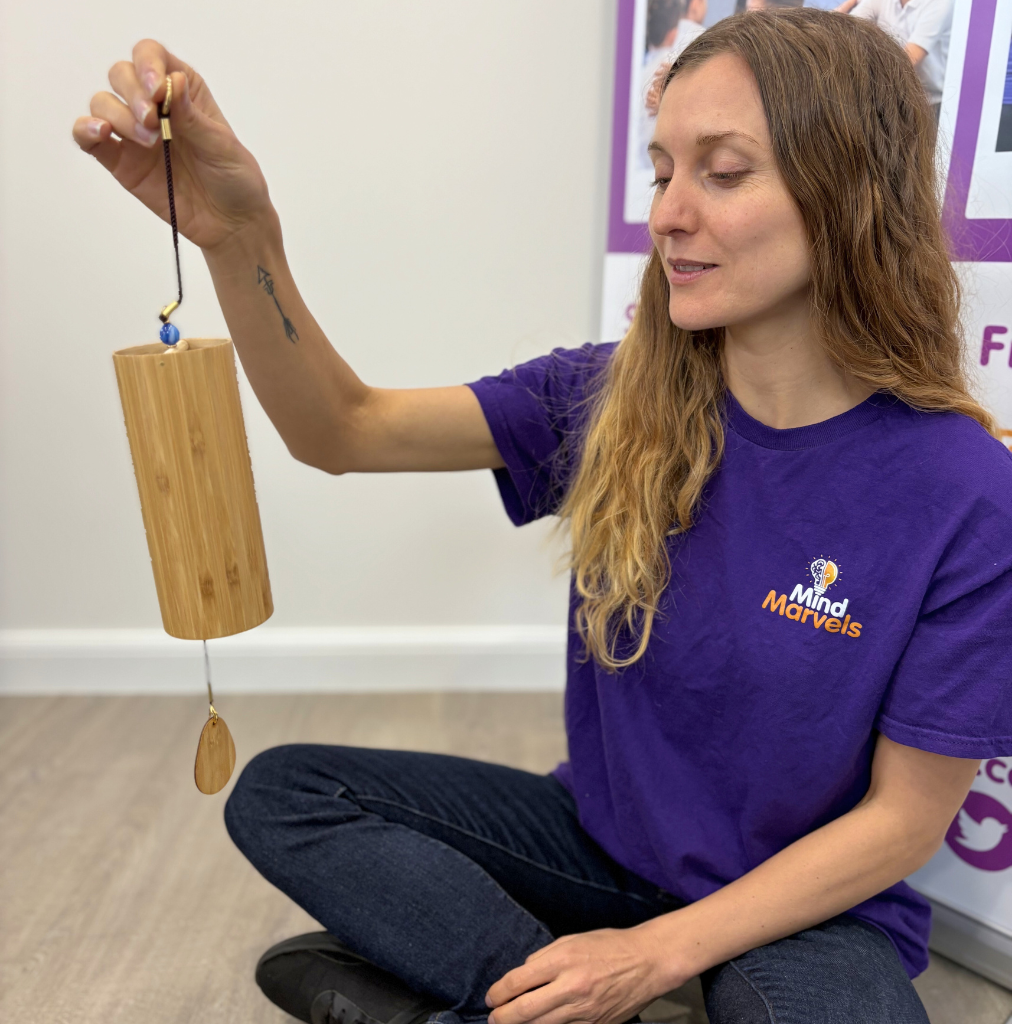
Settling back into school: Supporting children’s wellbeing
August 28, 2025
Storytelling as a wellbeing tool: How tales help children process emotions
September 11, 2025Children today live in a busy world. Between school timetables, after-school clubs, social pressures and screens, their days can sometimes feel just as hectic as an adult’s. Amid all this activity, one of the simplest yet most powerful tools we can offer is space, a calm corner where they can pause, reset and regulate their emotions.
Calm corners are not about sending children away or giving them “time out.” They are about creating a safe space that says, “It is OK to take a break. You are allowed to calm down and gather yourself.” These spaces can be set up in schools or at home, and the benefits can be seen quickly when they are used with empathy and consistency.
What is a calm corner?
A calm corner is a designated area where a child can go when they are feeling overwhelmed, frustrated or simply need some time to process. It could be as simple as a small space with a cushion and a soft toy, or it might include sensory tools like a glitter jar, breathing ball, calming cards or headphones to reduce noise.
The idea is not to isolate the child but to empower them. By choosing to step into the calm corner, children learn that they have the power to regulate their emotions and return when they are ready.

Why calm corners matter
Emotional regulation is a skill. Just like reading or writing, children need opportunities to practise it. Calm corners help to build this skill by providing a physical reminder that it is normal and healthy to take a pause.
When children have access to a calm space:
- They learn that big feelings are manageable
- They build independence by taking responsibility for their emotions
- Classrooms and homes become calmer overall
- Adults gain a simple, non-punitive strategy to support children without escalating conflict
How to set up a calm corner
Creating a calm space does not require lots of money or elaborate equipment. What matters is intention. A calm corner should feel safe, inviting and free from judgement.
Here are some simple ideas:
- Comfortable seating: a beanbag, cushion or chair works well
- Soothing objects: soft toys, sensory balls, fidget tools or a soft blanket
- Visuals: posters showing breathing techniques or emotion charts
- Calming tools: a breathing sphere, glitter jar or short positive affirmations
Most importantly, the calm corner should never be used as punishment. It is not a place a child is sent, but a place they are encouraged to use when they need it.
Calm corners at school
In classrooms, calm corners can be particularly effective. Teachers often find that when children are given the choice to step aside and regulate, disruptions decrease. A two-minute pause in the calm corner can prevent a bigger outburst later on.
Schools that embrace calm spaces show children that wellbeing is part of learning. It communicates that emotions are not something to be hidden or punished, but understood and managed.
Calm corners at home
Families can benefit from a calm corner too. Children may use it after arguments with siblings, when homework feels overwhelming or simply at the end of a long day. Parents can model its use by saying, “I’m feeling a bit stressed. I am going to sit in the calm corner for a few minutes.” This shows children that taking a break is a strength, not a weakness.
The wider benefits
Calm corners encourage empathy and respect. They teach children that everyone needs space sometimes and that it is normal to seek out quiet moments. Over time, this normalises self-care and helps children develop lifelong strategies for stress and overwhelm.
Final thought
A calm corner is not just a space. It is a message to children: your feelings matter, and you have the tools to manage them. By creating calm corners in schools and homes, we give children the chance to practise emotional regulation in a safe, supported way.
Learn more about how Mind Marvels sessions support emotional regulation in schools and in communities.
